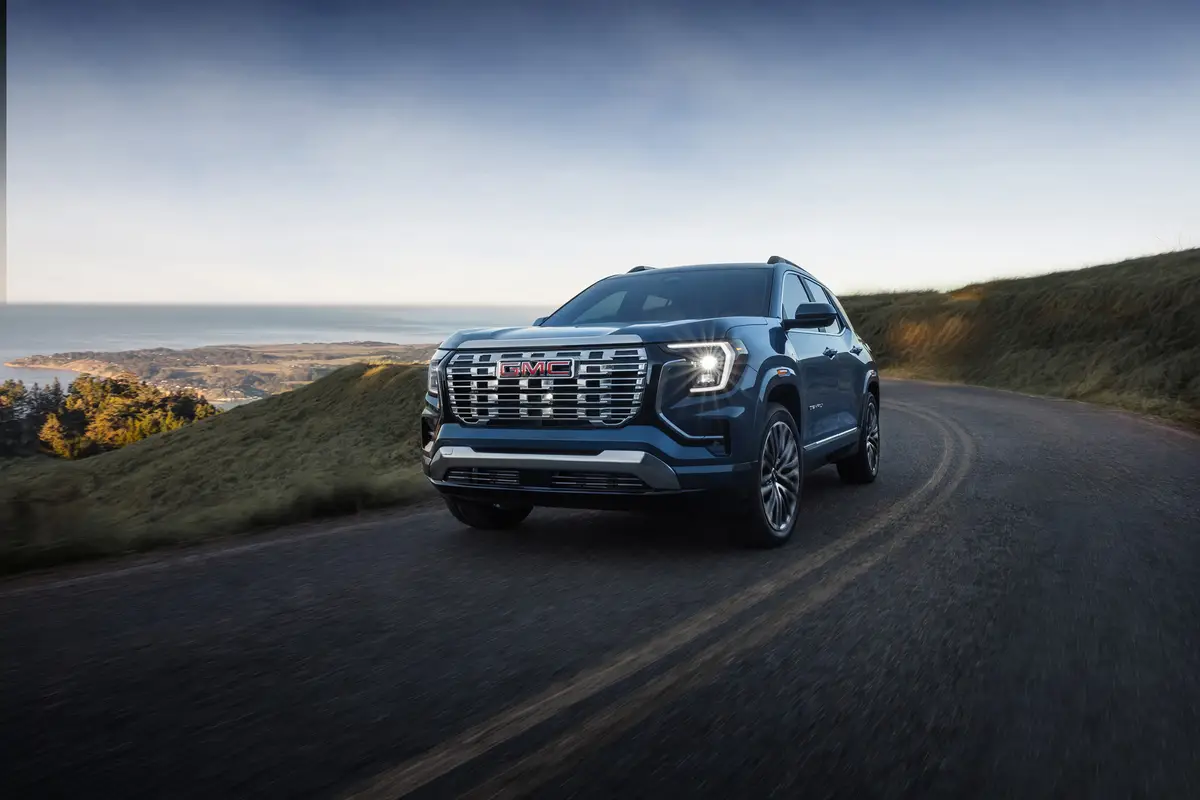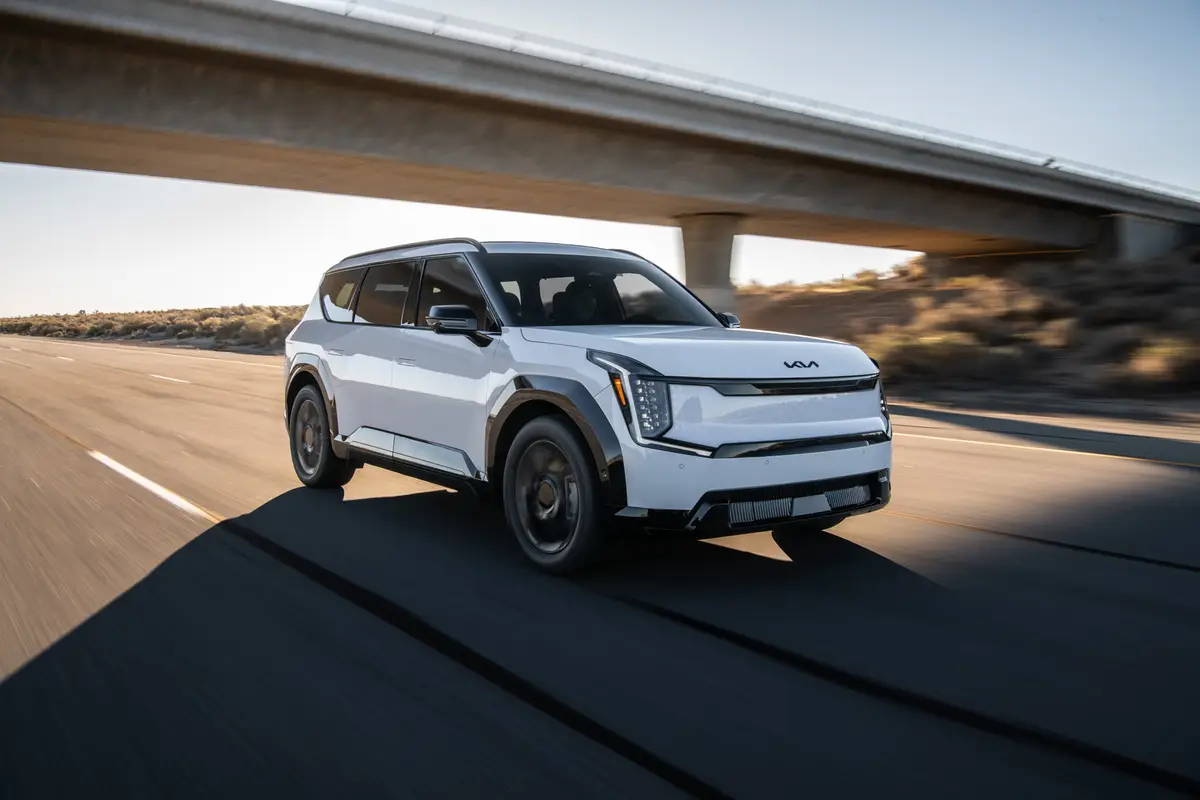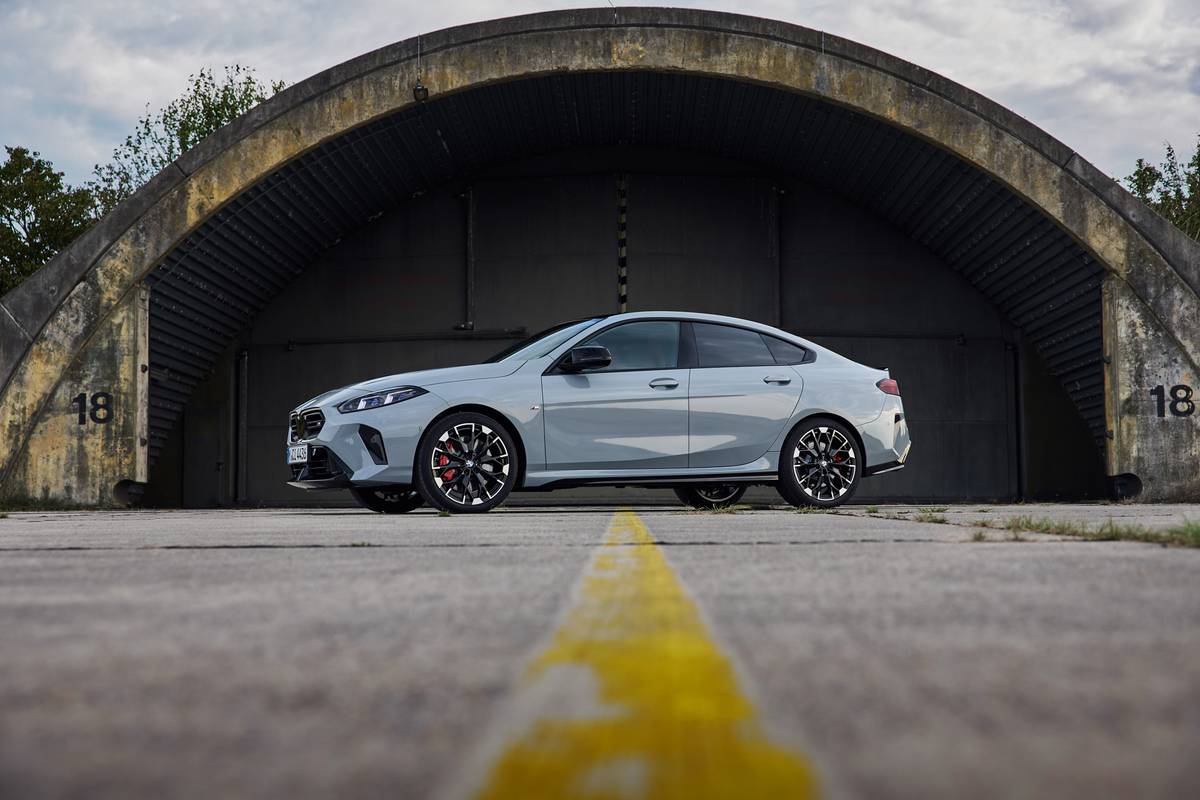The Morning Call and Mcall.com's view
Apparently there aren’t many auto manufacturers willing to stay with the product on which they have built their reputation. For example, manufacturers of economy cars are building sports cars, builders of big cars are producing small cars and those making small cars insist on building bigger vehicles.
And so it goes with Volkswagen, a company well-known for its small economy cars: In fact, a company that can take a lot of credit for creating the whole small economy car market.
But Volkswagen also produces a large (by European standards) sports sedan that really isn’t all that well known. This is the Quantum, an interesting European sports sedan that is also one of VW’s biggest secrets. Even though the Quantum has been available in the American market since 1982, it is perhaps the least recognizable of all Volkswagens and the least known of all European sports sedans. No one (without looking at the nameplate) identified the test car for what it really was. Rather interestingly, people who were up on these types of cars thought it was an Audi, which perhaps shouldn’t be a surprise since Audi and Volkswagen are one and the same company.
Anyway, aside from being a conversation piece, the Quantum is a snappy performer; a good-handling, comfortable piece of machinery – qualities that are necessary for a sports sedan. The test car – supplied by Gilboy Ford- Mercury-Volkswagen, 2805 MacArthur Road, Whitehall – was colored a bright red (Titan Red Metallic) and was really an eye-grabber. While by no means a cheap car, the test vehicle looked more expensive than it actually was (compared to other German sports sedans). But more about the price later.
The front-wheel drive Quantum sedan (it is also available in a wagon version) has a wheelbase of 100.4 inches; overall length, 180.2 inches; width, 66.9 inches; height, 55.1 inches, and curb weight, 2,560 pounds. VW gives the trunk capacity as 13.1 cubic feetbut it looks a little bigger than that. But, then, if VW wants to be modest who am I to argue? All-in-all, by contemporary standards it is a comfortably sized car.
The Quantum is a five-passenger car and all five passengers will be able to be seated comfortably. The two individual front seats will accommodate drivers and passengers of all sizes and shapes. This is one of the very few cars I have driven that can provide more leg room than even I need. The seats just keep going back and back and back. In fact, it can probably be driven with stilts on, if someone is so inclined to do such a silly thing. The driver’s seat can also be adjusted for height. The back seat sits high which means that rear seat passengers will be able to ride with their feet flat on the floor. In typical German fashion, the seats are firm and hold you right in there.
The test car proved to be a real smoothy to drive. The ride was smooth, the five-speed manual was smooth, engine response was smooth. Here’s a car that can appeal to the driving enthusiast as well as someone who doesn’t know a thing about the finer points of driving but likes to think he/she does. No doubt about it, the Quantum will treat you right, even if you do things only half right.
The four-wheel independent suspension features MacPherson struts, stabilizer bar and negative steering roll radius up front and torsion beam axle and coil springs in the rear. The 185/70SR13 tires at first look a little skimpy but they apparently do the job. The Quantum is not a car to muscle around. Very little movement of the steering wheel is needed for most normal driving situations. Even when pushing it above and beyond, there’s no need to give the power rack-and-pinion steering system much of a workout. A tip-off to this is the fact that the Quantum has a turning circle of 31.5 feet; quite tight for a car with a 100 inch wheelbase.
Perhaps the most interesting feature, or at least the most unusual, of the Quantum is its engine. It is an inline five-cylinder engine (since Audi has a similar five-cylinder engine, it doesn’t take too much automotive knowledge to figure out where it came from). An odd number of cylinders in an automotive engine is very rare. In fact, not too many years ago it was generally thought that an odd-cylinder engine would present too many problems to work efficiently – or even work at all. But like the bumblebee who doesn’t know any differently, the engine flies.
But why a five-cylinder engine in the first place? Well, when this engine first came out in the late 1970s, Audi claimed (among other things) that five cylinders were better than four. No arguing with that logic. Here again is an example of there being more than one way of doing things. But, despite the fact that it does work, it is very doubtful that other manufacturers are going to copy it.
The Quantum’s inline five measures 136 cubic inches (2.2 liters) and is rated at 110 horsepower at 5,500 rpm and 122 foot pounds torque at 2,400 rpm. This is sufficient to move the Quantum around from point to point. Aiding performance to a good degree is the slick five-speed manual. This transmission has to be one of the easiest shifting front-wheel drive transmissions around. Part of the reason for this is that the engine is mounted longitudinally instead of transversely, as is the case in most front-drive cars. By mounting the engine lengthwise, instead of sideways, less linkage is needed to do the job. But also keep in mind that VW has smooth-shifting manual gearboxes in its cars with transverse-mounted engines. So, when you come right down to it, VW has a reputation for producing smooth-shifting transmissions.
The five-cylinder engine and five-speed transmission produced quite respectable fuel mileage. The test car averaged 17 miles per gallon for city driving and 24 mpg for highway use.
For reasons perhapsbest know to VW, the wagon version of the Quantum has a 109 cubic inch four-cylinder engine that is rated at 88 horsepower at 5,500 rpm and 96 foot pounds torque at 3,250 rpm. The sedan is also available with a turbocharged diesel rated at 68 horsepower at 4,500 rpm and 98 foot pounds torque at 2,800 rpm.
Base price for the Quantum GL sedan is $13,295, which at first does sound a bit salty. But the base includes all kinds of standard features such as air conditioning, digital cassette radio with electronic tuning and four speakers, power antenna, power windows, power steering, power brakes, cruise control, central locking system, alloy wheels, cruise control, tachometer and digital clock, leather-wrapped steering wheel, illuminated vanity mirror, tinted glass, intermittent wipers, rear window defroster, center console with cassette holder and factory undercoating. There are a couple of other things but you should get the idea by now.
The test car had a bottom line of $14,465. Other expenses were: metallic paint, $150; electric tilt and slide sunroof, $625; ski sack (just the thing for these summer days), $75, and destination charge of $320. VW backs the car with two strong warranties: a two-year unlimited mileage warranty on the entire vehicle (except tires) and a three-year unlimited mileage warranty on rust perforation. It is a bit unusual to leave the mileage open in a warranty. But, again, who am I to argue with Volkswagen?
Latest news



